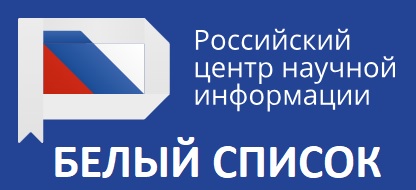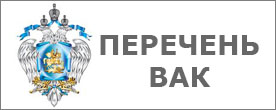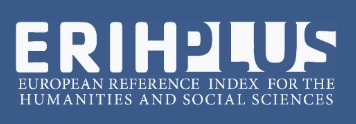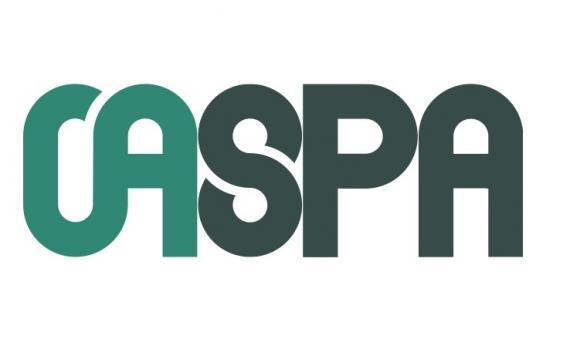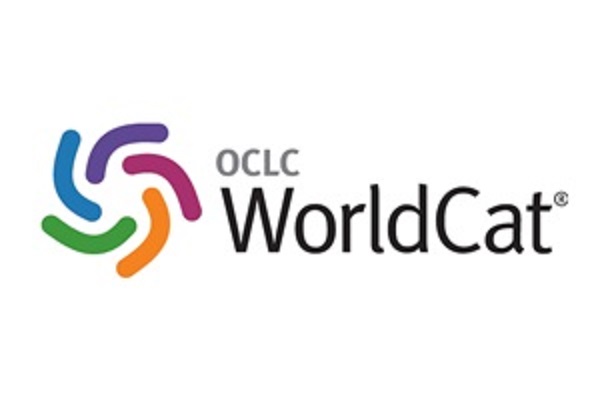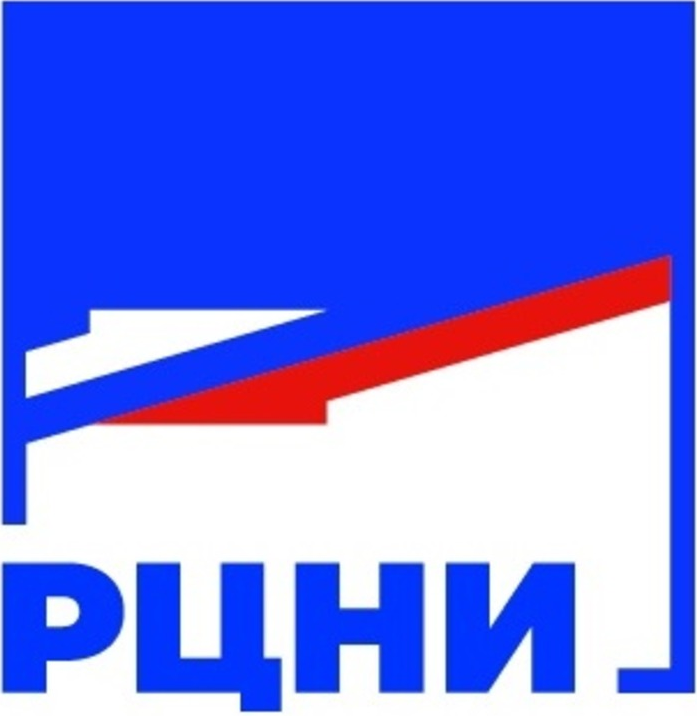Original article
https://doi.org/10.15507/2076-2577.017.2025.03.349-360
https://elibrary.ru/unmoje
УДК / UDC 646.43(470.13)
Traditional Festive Attire of Izhma Komi Women: Contemporary Transformations
J. I. Boyko
Institute of Language, Literature and History of Komi Science Centre of the Ural Branch of the Russian Academy of Sciences, Syktyvkar, Russian Federation
Abstract
Introduction. The traditional costume complex, which occupies a distinctive place in the cultural heritage of any people, has long attracted the attention of researchers across a broad range of humanities. The folk festive women’s clothing of the Izhma Komi, a local variant whose specific characteristics remain insufficiently studied to this day, ranks among the most vivid and sought-after elements of their ethnic culture. The aim of this study is to examine the current state of the traditional festive attire of Izhma Komi women residing in the Izhma District of the Komi Republic.
Materials and Methods. The foundation of this article is built upon materials gathered during field research conducted in the Izhma District of the Komi Republic (specifically in the villages of Izhma, Sizyabsk, Mokhcha, and Mosh’yuga). Data collection methods employed included interviews, participant observation, and photographic documentation. The analysis and interpretation of the material were conducted within the framework of empirical description, comparative-historical, and retrospective methods. These approaches enabled the identification of variations and local specificities in the festive costume of Izhma Komi women, the documentation of contemporary practices related to its preservation, and the determination of the costume’s functions.
Results and Discussion. The foundation of the Izhma Komi festive women’s attire is the North Russian sarafan ensemble, the variability of which continues to be defined by socio-age characteristics to the present day, distinguishing between maidens’ and women’s garments. Field research materials document that informants typically possess traditional clothing inherited from previous generations, manufactured approximately a century ago, as well as attire sewn from contemporary fabrics according to historical patterns. A common practice involves acquiring well-preserved costume components from fellow villagers or commissioning the sewing of an Izhma outfit from local craftswomen who specialize in the production of folk costumes. The investigation has revealed that the traditional women’s costume, though no longer in active daily use, remains in demand; it is preserved as a family heirloom, serves as festive outfit, and functions as stage costume for performers in folk ensembles.
Conclusion. New materials, obtained during field research, have been introduced into scholarly discourse; these materials serve to supplement existing information on the traditional costume complex of the Izhma Komi and to elucidate the specificities of its contemporary state.
Keywords: Izhma Komi, traditional women’s costume, traditional sarafan costume complex, girls and women’s festive attire, family heirloom, ethnocultural heritage
Funding: The article was prepared within the framework of the planned topic of the ethnography sector of the Institute of Language, Literature and History of Komi Science Centre of the Ural Branch of the Russian Academy of Sciences “Ethnocultural processes and ethnocultural traditions in the European north of Russia: the dynamics of social and cultural changes”. Registration number 121042600207-7.
Conflict of interest: The author declares no conflict of interest.
For citation: Boyko J.I. Traditional Festive Attire of Izhma Komi Women: Contemporary Transformations. Finno-Ugric World. 2025;17(3):349‒360. https://doi.org/10.15507/2076-2577.017.2025.03.349-360
REFERENCES
- Istomin K.V. Nomadic Mobility of the Komi-Izhem Herders: Snowmobile Revolution and Market Restoration. Ural Historical Journal. 2015;(2):17‒25. (In Russ., abstract in Eng.) Available at: http://uralhist.uran.ru/archive/411/428/_aview_b167 (accessed 01.09.2024).
- Istomin K.V., Liskevich N.A., Ulyashev O.I. Izhma-Komi Reindeer Herding: Ethnic Invariants and Local Variations. Vestnik arheologii, antropologii i etnografii. 2017;(4):114‒125. (In Russ., abstract in Eng.) https://doi.org/10.20874/2071-0437-2017-39-4-114-125
- Panyukov A.V. The Izhma-Kolva Epos: Meeting of Traditions. Proceedings of the Komi Science Centre Ural Branch Russian Academy of Sciences. 2015;(4):108‒119. (In Russ., abstract in Eng.) Available at: https://izvestia.komisc.ru/Archive/i24.pdf(accessed 01.09.2024).
- Chudova T.I. Local Tradition of Food in the Izhma Komi. Izvestiya Komi Nauchnogo Centra UrO RAN. 2014;(4):66‒73 (In Russ., abstract in Eng.) Available at: https://izvestia.komisc.ru/Archive/i20.pdf (accessed 01.09.2024).
- Bogordayeva A.A. Female Festive Costume of the Khanty and Mansi in the Late 20th ‒ Early 21st Century: Dynamics and Functions. Vestnik arheologii, antropologii i etnografii. 2021;(4):162‒172. (In Russ., abstract in Eng.) https://doi.org/10.20874/2071-0437-2021-55-4-13
- Zhigunova M.A. Modern Problems of Studying, Preservation and Use of the National Clothes in Siberia. Herald of Omsk University. Ser.: Historical Sciences. 2017;(1):176‒179. (In Russ., abstract in Eng.) https://doi.org/10.24147/2312-1300.2017.1.176-179
- Kornishina G.A. Mordovian Traditional Women’s Headdresses in the Context of Their Ethnic and Territorial Identity. Finno–Ugric World. 2020;12(2):184‒193. (In Russ., abstract in Eng.) https://doi.org/10.15507/2076-2577.012.2020.02.184-193
- Dronova T.I., Istomin K.V. [Interethnic Contacts among Ethnic Groups on the Pechora River (Nenets, Russian Ust’-Tsiliom, and Komi-Izhem)]. Etnograficheskoe obozrenie. 2003;(5):54‒67. (In Russ.) https://www.elibrary.ru/item.asp?id=17306955
- Danilova E.N. Ethnocultural Heritage of the Izvatas: Contemporary Understanding and Actualization Perspective. Ethnography. 2023;(1):120‒138. (In Russ., abstract in Eng.) https://doi.org/10.31250/2618-8600-2023-1(19)-120-138
Information about the author:
Julia I. Boyko, Cand.Sci. (Hist.), Researcher of the Department of Ethnography, Institute of Language, Literature and History of Komi Science Centre of the Ural Branch of the Russian Academy of Sciences (26 Kommunisticheskay St., Syktyvkar 167982, Russian Federation), ORCID: https://orcid.org/0000-0003-2260-3825, SPIN-code: 2822-0112, boyko_yulia@mail.ru
Author has read and approved the final manuscript.
Submitted 06.09.2024; revised 28.04.2025; accepted 05.05.2025.



